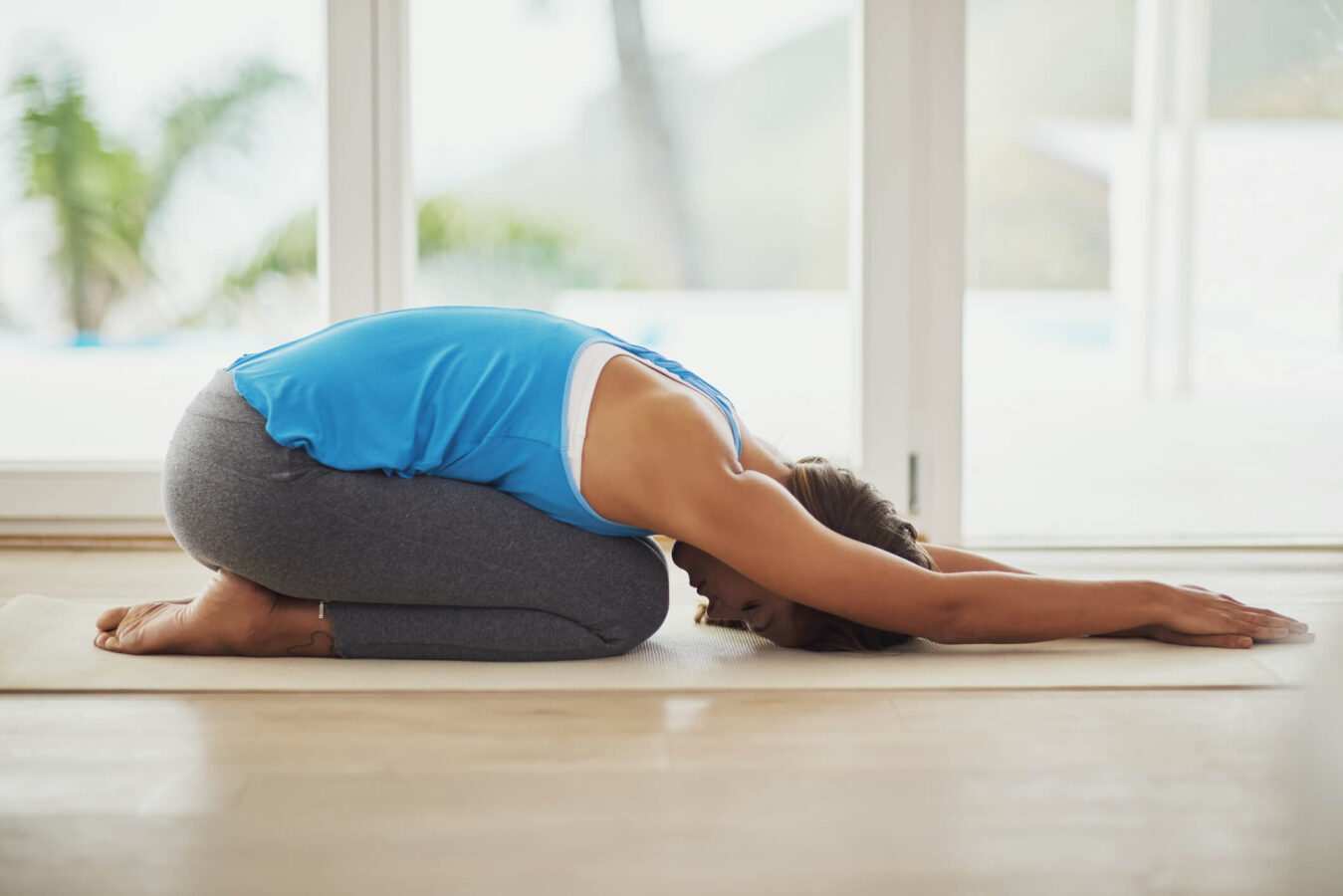
Medically reviewed by Misty Seidenburg
If you’re one of the many individuals grappling with tight lower back muscles, understanding how to alleviate this discomfort is important. Ignoring this issue can lead to unnecessary increased pain and difficulty completing the things you want to do.
Lower back pain can disrupt your daily routine, making simple tasks like sitting, walking, or bending challenging. But here’s the good news: By incorporating these straightforward yet highly effective stretches into your routine, you can find relief and loosen those tight muscles, making your daily activities much easier. These are the best lower back stretches for not relieving pain; they are about reclaiming your comfort and mobility.
The back contains a large, complex group of muscles that support the spine, position the body upright, and allow the trunk to twist and bend in different directions. Exercise and stretching help back muscles maintain their tone and length.
Muscle stiffness and low back pain can range from mild to severe. They can come on suddenly after a specific movement or trauma to the back or gradually develop over time. Discomfort can stay in your lower back, radiate into your buttocks, and run along the back of your legs.
Along with tension, you may experience muscle spasms or cramping. You may notice symptoms worsening when you move a certain way or ease when sitting or lying down. You may also have tightness in your hips, pelvis, and legs.
Everyday activities, injuries, and lifestyle factors contribute to gradual tightness in the lower back:
Muscle tension can also occur when the body compensates for another issue, like an imbalanced core, tight hamstrings, or glutes. Exercise and stretching to address these areas will help release the lower back and reduce symptoms.
When we talk about muscle tension, we cannot overlook the psychological impact of stress on the body’s nervous system. The body may respond to stress by adding pressure to the blood vessels, reducing blood flow to the muscles, leading to pain and tension.
But stretching and other physical activity boost levels of the feel-good hormone serotonin. Serotonin helps balance our mood and makes us feel more relaxed, easing muscle tension. That makes stretching good for mind and body!
These stretches are designed to improve strength and flexibility in the lumbar spine. By extending and lengthening your back, you relieve compression of the bones of the lower back. As you stretch, you want to move slowly and gently. The goal is not to push to the point of pain but to open the back and allow more mobility.
Hip circles are a simple way to improve flexibility and reduce abdomen, back, and pelvis tension. They also engage your core.
This stretch can be done seated in a chair or on the ground. Do what feels most comfortable to you.
Child’s pose is one of several movements we’ll use to stretch the lower back muscles. This and other yoga poses open the hips and help you feel relaxed and refreshed.
Cat-cow is a dynamic movement that moves the lower back muscles in two directions, lengthening muscles and building core strength.
Bridges release tension in the lower back and strengthen the back, buttocks, and hamstrings. If it feels more comfortable, you can support your lower back with a foam roller or small towel.
This stretch lengthens the lower back to ease pain and tension.
Supine twists stretch the lower back and increase flexibility throughout the spine.
This move is the perfect way to finish your stretching program because it’s incredibly relaxing. It will release your lower back, pelvis, and hamstrings and reduce tension and stress.
These stretches are safe to do daily with the approval of your healthcare provider and physical therapist. Combine this stretching program with exercises that build strength in the core and buttocks to support the lumbar spine and encourage healthy posture and alignment.
Self-care, gentle exercise, and stretching can often improve back pain and muscle tension after a few days. If you have pain for longer than a week that does not improve with stretching, it’s time to see your healthcare provider to determine the cause and prevent a more severe injury.
Always seek medical attention if:
If tension doesn’t improve after a few days, consider treatment with physical therapy. Even with the best stretches for lower back pain, symptoms can continue if you do not address underlying mechanics, gait, posture, and balance issues.
Physical therapy combines therapeutic exercise and stretching with hands-on treatments for short- and long-term relief. A personalized physical therapy program for back pain can also help you rehabilitate from past injuries, prevent new ones, and promote healing after surgery.
Find a physical therapy clinic near you to schedule an evaluation for back pain and tension, or request an appointment online.
External Sources: